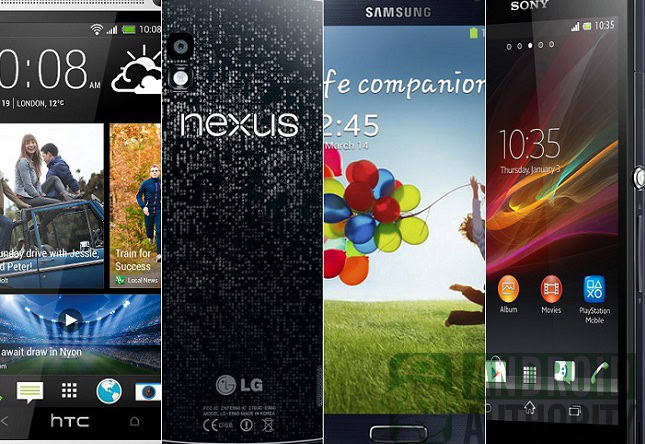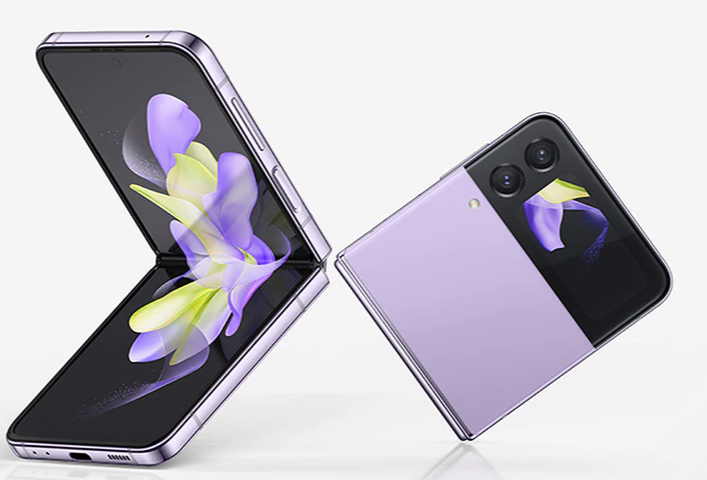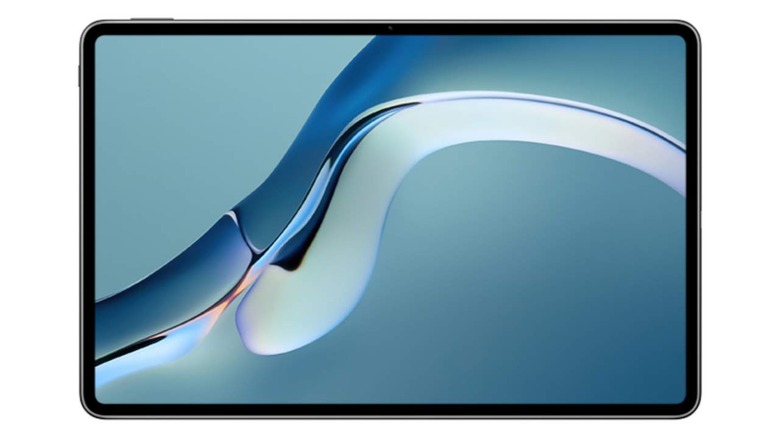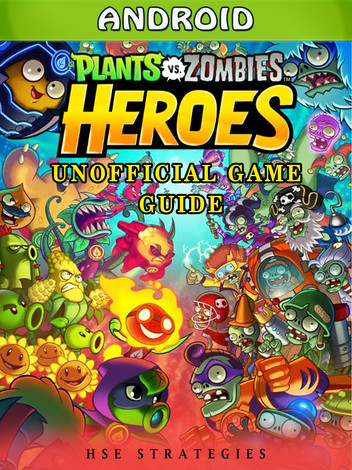
Beyond the Smartphone: The Rise of Android Tablets and Foldables in 2024
For over a decade, the smartphone has been the undisputed king of personal technology. It’s our primary camera, communication hub, navigation tool, and entertainment portal. While this remains true, a significant shift is underway in the mobile landscape. The once-stagnant Android tablet market is experiencing a powerful renaissance, while a new category of device—the foldable—is capturing the imagination of tech enthusiasts and professionals alike. This isn’t just about bigger screens; it’s about redefining mobile productivity, entertainment, and the very concept of a personal computer. The latest Android News isn’t just about the next flagship phone; it’s about a diversifying ecosystem of powerful, versatile devices.
This article moves beyond simple spec sheets and reviews to explore the fundamental “why” behind this evolution. We’ll dissect the journey of Android tablets from forgotten afterthoughts to compelling iPad alternatives, analyze the revolutionary promise and practical compromises of foldables, and understand how the underlying software is finally catching up to the ambitious hardware. For anyone invested in the world of Android gadgets, understanding this shift is key to choosing the right device for the future.
The Great Android Comeback: From Neglected Niche to Mainstream Contender
The resurgence of Android on large-screen devices wasn’t an overnight success; it was a slow, deliberate comeback story years in the making. To appreciate where we are now, with powerful devices like the Samsung Galaxy Tab S9 Ultra and the Google Pixel Tablet, we must first understand the “wilderness years” and the critical software pivot that changed everything.
The Post-Honeycomb Slump
Many will remember the initial excitement around Android tablets. In the early 2010s, devices like the Motorola Xoom (running Android 3.0 Honeycomb, the first tablet-specific OS) and the beloved Google Nexus 7 promised a viable alternative to Apple’s iPad. The hardware was often competent, but the ecosystem was fundamentally broken. The core issue was app support. Developers, seeing a fragmented market with inconsistent hardware and low adoption, rarely invested in creating dedicated tablet layouts. The result was a sea of “stretched-out phone apps” that looked awkward, wasted screen real estate, and offered a poor user experience. While Apple curated a robust ecosystem of iPad-optimized apps, the Google Play Store felt like the Wild West. For years, the default recommendation for anyone seeking a premium tablet experience was, invariably, an iPad.
Google’s Renewed Focus: Android 12L and the Pixel Push
The turning point arrived with Google’s public recommitment to large-screen form factors, spearheaded by the introduction of Android 12L. This wasn’t a full-blown new version of the OS but a “feature drop” specifically designed to improve the user experience on tablets and foldables. Its key features addressed the platform’s biggest weaknesses:
- A Persistent Taskbar: Inspired by desktop operating systems, this taskbar allows for quick app switching and intuitive drag-and-drop multitasking, making split-screen mode genuinely useful rather than a gimmick.
- Improved App Scaling: Google implemented better compatibility modes and provided developers with new tools and guidelines to encourage them to adapt their apps for larger displays.
- Refined System UI: The notification shade, settings menu, and other core system elements were redesigned to use a two-column layout, eliminating wasted space and improving information density.
This software push was powerfully validated by new hardware. The launch of the Google Pixel Tablet, with its unique speaker dock, and the Google Pixel Fold signaled to the entire industry that Google was not just talking the talk; it was investing its own resources into building first-party hardware. This sent a clear message to developers: the large-screen Android user base is growing and is now a priority. This renewed focus has had a ripple effect, improving the entire ecosystem of Android gadgets.
Dissecting the Form Factors: The Practical Tablet vs. The Pocketable Powerhouse

Today’s large-screen Android market is dominated by two distinct categories: the traditional tablet, now more powerful and versatile than ever, and the cutting-edge foldable, which aims to merge the portability of a phone with the utility of a tablet.
The Tablet as a Productivity Hub
The modern Android tablet has shed its reputation as a mere media consumption device. High-end models are now legitimate productivity tools that can, for many users, replace a traditional laptop for on-the-go work. The Samsung Galaxy Tab S9 Ultra is a prime example. With its massive 14.6-inch Dynamic AMOLED 2X display, powerful Snapdragon 8 Gen 2 for Galaxy chipset, and the included S Pen, it’s a creative professional’s dream. When paired with the optional Book Cover Keyboard, its DeX mode transforms the Android interface into a familiar, desktop-like environment with windowed apps and a taskbar.
Real-World Scenario: A university student attends a lecture with their Lenovo Tab P12 Pro. They use the stylus to take handwritten notes directly onto a PDF of the lecture slides using an app like Nebo. Later, in the library, they snap on the keyboard cover, put the tablet in split-screen mode with Google Docs on one side and their research in a web browser on the other, and type out their essay. The large, high-resolution screen provides ample space, and the device is significantly lighter and more portable than a traditional laptop.
The Foldable: Ultimate Convergence or Compromise?
Foldables represent the bleeding edge of mobile technology, embodying the promise of device convergence. The core value proposition of a book-style foldable like the Samsung Galaxy Z Fold 5 or the OnePlus Open is having a fully-featured flagship Android phone that fits in your pocket but can unfold into a small tablet for enhanced productivity and media consumption. The outer “cover screen” is perfect for quick tasks—replying to messages, checking notifications, or making calls. The large inner screen is where the magic happens, enabling true multitasking with up to three apps open simultaneously.
However, this innovation comes with inherent trade-offs. Foldables are significantly more expensive than traditional flagship phones or tablets. Durability is also a valid concern, with the inner screen’s crease and the complex hinge mechanism being potential points of failure. Despite these challenges, the appeal is undeniable.
Real-World Scenario: A real estate agent is out with a client. They use the cover screen of their Google Pixel Fold to navigate to a property. Once there, they unfold the device to show the client high-resolution photos and floor plans on the spacious 7.6-inch inner display. Later, they can sit in their car, open the device in a “flex mode” (partially folded like a laptop), and draft a contract offer using a full-sized keyboard, all on a single device.
Beyond the Hardware: The Software Ecosystem is King
Incredible hardware is only half the battle. The long-term success of Android tablets and foldables hinges on a robust and well-adapted software ecosystem. This means not only optimized apps but also seamless connectivity between devices.
Are Apps Finally Ready for the Big Screen?
The app situation has improved dramatically since the dark days of stretched phone apps. Google’s own suite of applications—Gmail, Calendar, Drive, Photos—now features adaptive layouts that look and work great on tablets. Major productivity players like Microsoft have fully optimized their Office 365 suite. Creative apps like LumaFusion (video editing) and Clip Studio Paint (digital art) provide professional-grade experiences that rival their desktop counterparts.
However, the problem isn’t entirely solved. Some major apps, most notably Instagram, still lack a dedicated tablet interface, forcing users to interact with a comically oversized phone layout. This is where the latest Android News on developer adoption becomes critical. As more users adopt these devices, the economic incentive for developers to update their apps grows.
Best Practice Tip: Before investing heavily in a tablet or foldable for a specific workflow, check the Google Play Store listings for your most-used apps. Look for screenshots that show a tablet UI or mentions of “tablet support” in the description. This can save you from the frustration of discovering your critical work app is not optimized for your new device.
The Connected Experience: More Than Just a Bigger Screen
A key part of the modern Android experience is how well devices work together. The goal is to create a cohesive ecosystem where your phone, tablet, watch, and earbuds communicate seamlessly. Features like Nearby Share allow for the effortless transfer of files between your Android phone and tablet. Samsung’s ecosystem offers “Continue apps on other devices,” allowing you to start writing an email on your Galaxy S24 Ultra and pick it up instantly on your Galaxy Tab S9.
This level of integration is crucial for competing with Apple’s famously tight-knit ecosystem. When your tablet can instantly tether to your phone’s internet connection, when your earbuds can intelligently switch between a video call on your tablet and a phone call on your handset, the individual devices begin to feel like components of a single, powerful personal computing system. This interconnectedness is the true promise of the modern family of Android gadgets.
Practical Guidance: Choosing Your Next Android Companion
With a revitalized market, the choice is no longer just “which iPad to buy?” but “which large-screen Android is right for my needs?” The answer depends entirely on your priorities, budget, and use case.

The Case for the Tablet
An Android tablet is the ideal choice for users who want a dedicated device for specific tasks.
- Who it’s for: Students, digital artists, avid media consumers, families needing a shared “couch computer,” and professionals who want a secondary device for meetings and travel without the complexity of a full laptop.
- Key Advantages: Far more affordable than a foldable, larger maximum screen sizes, greater durability (no hinge or flexible screen), and a more focused experience for tasks like drawing or watching movies.
- Top Picks: The Samsung Galaxy Tab S9 series for premium performance and the best screen on the market, or the Lenovo Tab P11 Gen 2 for an excellent budget-friendly media and productivity experience.
The Case for the Foldable
An Android foldable is for the user who values convergence and portability above all else.
- Who it’s for: Tech enthusiasts, business executives who are constantly on the move, minimalists who want to carry a single device, and multitaskers who need to manage multiple information streams simultaneously.
- Key Advantages: Unmatched portability for its screen size (a tablet in your pocket), the ultimate multitasking device, and the undeniable “wow” factor of cutting-edge technology.
- Top Picks: The Samsung Galaxy Z Fold 5 for its mature software features and S Pen support, or the OnePlus Open for its superior cover screen aspect ratio and lighter, thinner design.
Conclusion: The Right Screen for the Right Moment
The era of the Android tablet and foldable is officially here, and it’s far more compelling than the early attempts a decade ago. Driven by Google’s renewed software focus and relentless hardware innovation from manufacturers like Samsung, Google, and OnePlus, the large-screen Android market is vibrant, competitive, and full of exciting choices. The narrative has shifted from a simple battle against the iPad to a broader conversation about the future of mobile computing.
Tablets have matured into powerful, specialized tools for creativity and productivity, while foldables offer a tantalizing glimpse into a future of ultimate device convergence. The choice between them isn’t about which is “better,” but which better fits your life. As the ecosystem continues to improve, the line between our Android phones and our larger computing devices will only continue to blur, delivering on the long-held promise of having the perfect screen for any and every moment.



